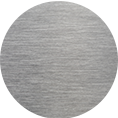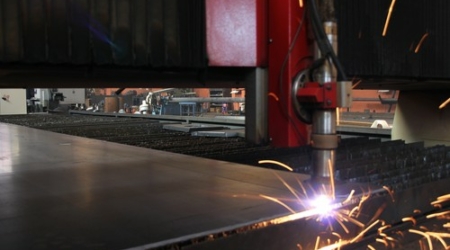With technology being integrated into our everyday lives at an exponential rate, it comes as no surprise at all that laser cutting is rising in prominence alongside this. In STEM Studies, for example, laser cutting is now considered one of the standard technologies to teach students; even as low down as the Computer Science GCSE, students are able to test out the exciting process of laser cutting.
So it’s only natural, then, that laser cutting is an area that’s beginning to develop its own trends year in, year out. Here are 6 of the best laser cutting trends of 2019.
1. The automotive, shipbuilding and aviation industries
Because laser cutting is often operated on a fast and automated basis, it’s now become an integral part of the manufacturing process for larger-scale models in recent years. Increased productivity, reduction of overtime and production costs, as well as an assuredly high level of human safety are all integral factors as to why laser cutting is the new trend for the automotive, shipbuilding and aviation production industries. The reduction in manual labour is also an enticing prospect for companies, as it means they can focus employees’ attention elsewhere.
2. Laser cutting at the forefront of sustainability
Due to the recent widespread panic over irreversible climate change and how this is affecting the environment we live in, many manufacturing and engineering companies are opting to switch to more sustainable methods of production. This is especially true since last year it was revealed that a shocking 90% of businesses do not have a recycling plan in place – a result that is not only bad for the environment but also damaging to a company’s reputation. Laser cutting is favoured because it often adopts a circular economy, which means that used parts and models are recycled or reused. This helps to encourage a low-carbon emission for the steel and related industries.
3. Unprecedented growth levels are to continue
Since 2012, the laser cutting industry has already seen a 100% increase in popularity and activity. Current predictions in a study from Grand View Research state that by 2024 the market will reach a global net worth of $6.72 billion. Because, as we’ve just written above, laser cutting is increasingly being seen as an economical and viable alternative to outdated methods, this prediction seems to be on the right track. While it remains at the forefront of production lines, new methods of laser cutting will be invented, tested and integrated into manufacturing sites, encouraging an exponential rise in its usage.
4. A continued integration in the classroom
As the Government places a continued focus on STEM studies, laser cutting will find itself becoming a more commonplace activity in schools, colleges and universities. In fact, educational facilities from high school upwards are set to be the largest contributors to the numbers of laser cutter purchases. This is a trend likely to continue into the next few years alone, while laser cutting remains the pioneering method of production. Doing this will also prove positive for laser cutting in the future, as more students become exposed to its benefits, thus expanding and continuing the prominence of this production method in manufacturing.
5. The fibre laser market is set to rise
As is the case with any manufacturing products, there is a variation between different types. Each type has its own positives and negatives. While CO2 lasers remain at the forefront of preference due to being better at cutting through thicker materials smoothly and quickly, fibre lasers do retain some perks. For instance, they require an easier level of maintenance, are cheaper, and are faster at cutting through thinner materials. Between now and 2026, the Transparency Market Research Firm is predicting a growth of 4.6% for the fibre laser market.
6. Continued emergence into commonplace markets
Although larger-scale production companies such as the automotive industry are seeing an increase in the usage of laser cutting, it will also continue to make its way into the workshops of smaller and more personal businesses. In particular, accessories and home decor businesses can now use laser cutting to create intricately fine details in less time than it would take to do by hand, thus boosting hourly higher production rates. In addition to this, as laser cutting can be automated, it also takes the strain off manual labour.
If you require laser cutting services, contact us here at Subcon Laser Cutting. We offer a wide selection of 2D and 3D laser cutting, inspection and scanning services to fulfill any needs you or your company has. There are many materials to choose from, giving all our customers an enticing range of choice!









